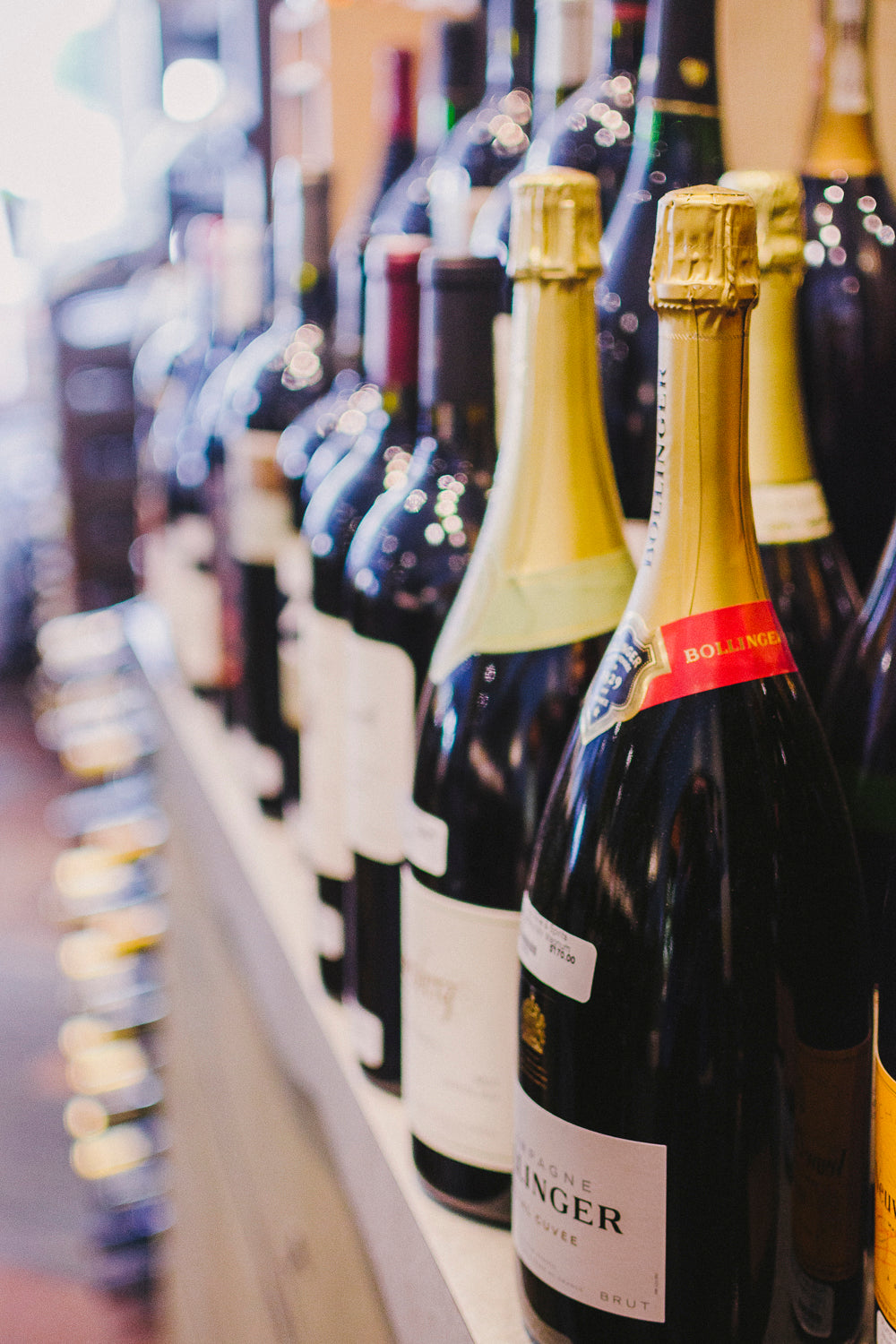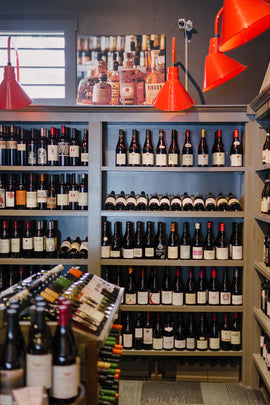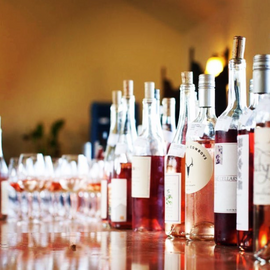In this month’s club selection, we are offering two different interpretations on ‘Blanc de Blancs’ Champagnes. We have selected two 100% Chardonnay champagnes from different villages, different soil composition, and different approach on the winemaking.
Guiborat is located south of Reims and the Regional Wild Park of Montaigne de Reims, close to Epernay and Le Meusnil-sur-Oger. Here is the land of the best Chardonnay (Salon and Krug both get grapes from here). The famous white, chalky soil imprints the unique DNA to those wines.
Soutiran is located in Ambonnay, east of the Grand Montaigne de Reims. Here you’ll find Pinot Noir as the main grape, but they grow a small grand cru quality Chardonnay. The soil is still chalky but rich with magnesium which brings salinity and iodized notes to their wines. Two small producers (Negotiant/Manipolant) that are crafting their champagne with artisanal precision like RM (Recoltant/Manipolant).
Champagne Guiborat, Pur Prism, Blanc de Blancs, Brut Nature
The Fouquet family has farmed small parcels in Cramant, Champagne since 1885. At the helm now are 5th generation Richard Fouquet and his wife Karine (though if you were to visit you may find his grandmother keeping a watchful eye – in her mid 90’s and still sharp as a tack!).
The Fouquets farm eight hectares, most of which are grand cru holdings from the deep chalk of Cramant and Chouilly, as well as vineyards in Mardeuil, on the other side of Epernay. The Domaines overall production is tiny, as grapes from five of these eight hectares are regularly sold to the Champagne house of Laurent Perrier. Viticulture is focused on producing top quality Chardonnay from the two former villages with the rest of their holdings being Pinot Meunier from the latter. Farming is all done by hand, with aggressive pruning and low yields.
Vinification takes place in their modest home on the edge of Cramant. Mostly fermented and aged in steel, small lots are also aged in neutral cooperage and laid down in their chilly caves bored out of deep Cramant chalk.
Guiborar Pur Prisme is made by 100% Chardonnay fruit Grand Cru from three villages: Cramant, Chouilly and Oiry in Côte des Blancs. Mostly comes from the 2011 harvest with a small percentage from 2010 reserve wine. Only the first juice of the press is used from an average of 30 years old vines. Partial malolactic fermentation occurs in stainless steel tanks, and it ages 18 months on the lees. After spending 30 months sur latte (meaning the bottles are laid down in the cellar with the crown cap still on), there is the disgorgement. At this point, the crow cap is discarded and the cork in inserted. Usually this is the point when the dosage is added, but not in this case, since this champagne is a brut nature. It is aged for six more months in the cellar, and then the champagne is ready for release.
Pur Prisme is all about elegance, starting from the clarity of its color to the finesse of its tiny bubbles. Minerality and hearty notes of musk and fresh mushrooms interlace with under-ripe stone fruits such white peach and apples. Light and harmonious to the taste, it leaves the palate clean with a long citrus freshness. Great for a lunch party with light hors d’oeuvres. Perfect on its own.
Champagne Soutiran, Blanc de Blancs Grand Cru
Champagne Soutiran is a family owned domaine based in the Grand Cru village of Ambonnay. Patrick and Valerie Renaux, who represent the domaine’s third generation, cultivate 6 hectares of vineyards dedicated to Pinot Noir and Chardonnay. In Ambonnay, the chalk laden soils of the region are complemented by a higher degree of siliceous clay, which result in Champagnes that are often equipped with a more formidable structure than wines from other Grand Cru sites.
In addition to their Grand Cru vineyards, the Renaux’s also purchase grapes from neighbor growers in Premier and Grand Cru holdings within the Montagne de Reims. Total production at this family owned domaine top out at 120,000 bottles / 10,000 cases.
This bottle is 100% Chardonnay from the solely village of Ambonnay. The base wine is mostly 2007 vintage with 30% from reserve wines of different years. The vines here are 45 years old. The fermentation on this champagne is partly in stainless steel tanks, about 80%, and the rest in neutral oak barrels. The wine goes through full malolactic fermentation. Once is bottled, the champagne spend 36 months in the cellar. The dosage here is 10.6 grams/liter. The result is a wine very rich and structured. The tasting profile offers white flowers, citrus, and toasted biscuit nuances.
Fantastic with grilled scallops, Dungeness crab risotto, or Hamachi.
A votre santé!





